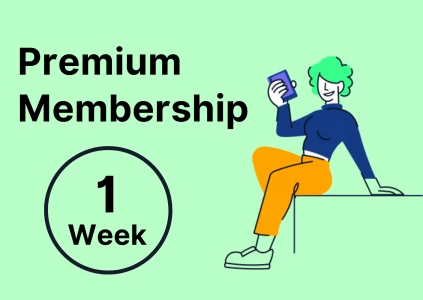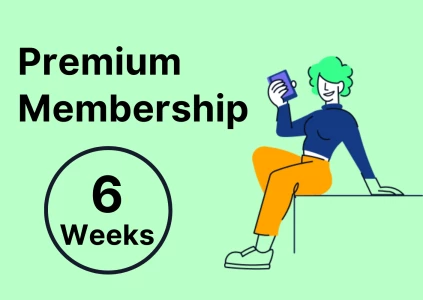Hi all,
After having taken few interviews in consultancy firms until final rounds, I often got as a feedback that I demonstrated great business sense, deep analysis, very good fit and motivation. However I was always rejected at final rounds because of the form during the case study (for instance I didn't communicate the structure enough, even if I had a good structure to solve the case).
This is why I was wondering what interviewers' expectations are concerning the form during case study.
Thanks a lot in advance






